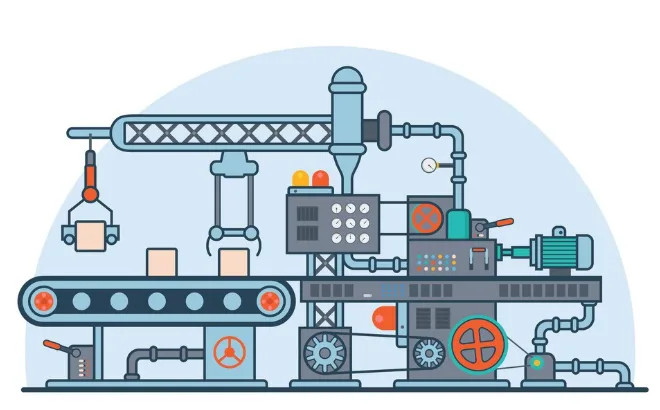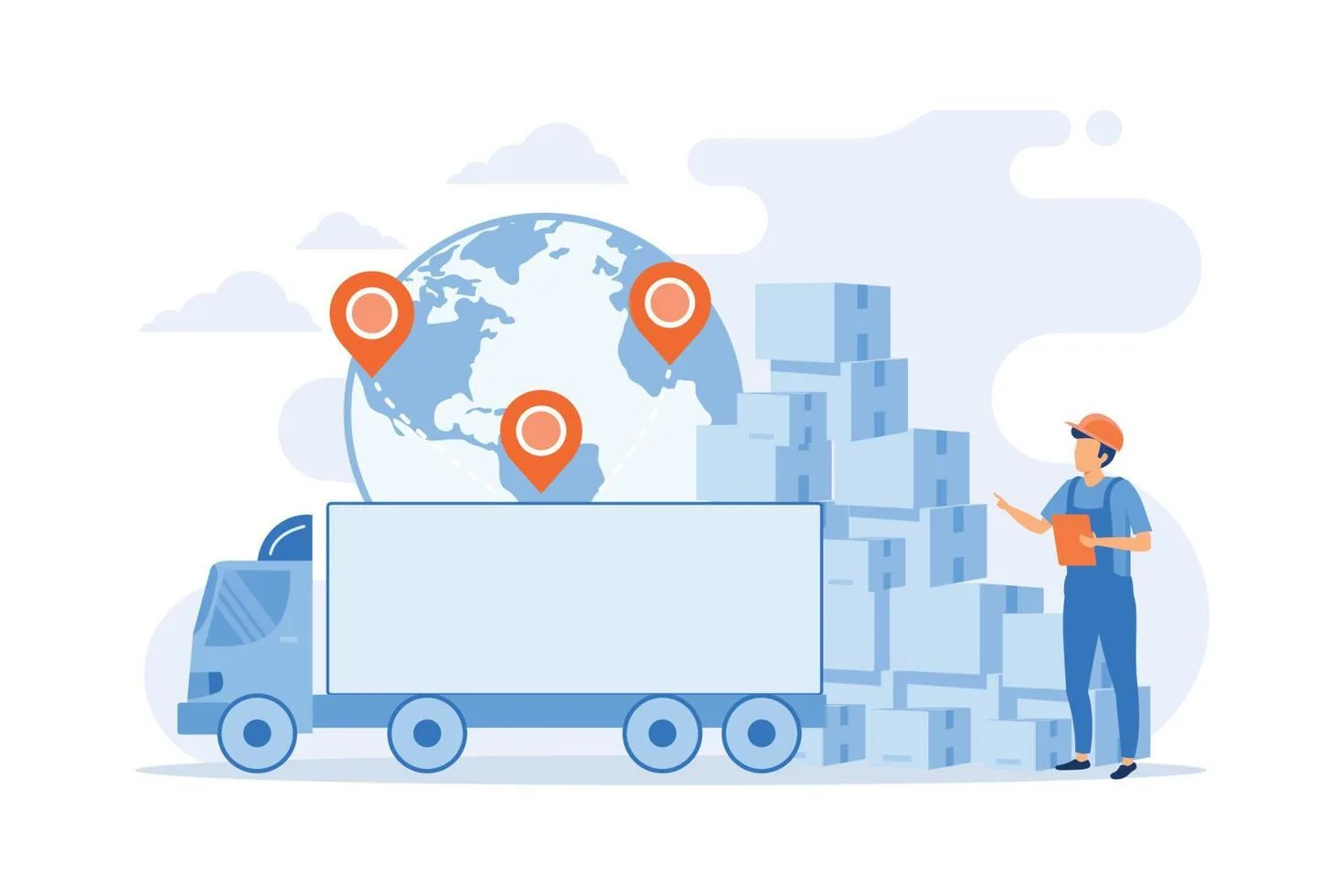As the pace of business accelerates, some organizations face relentless pressure to operate more efficiently. They are forced to adapt to uncertainty and deliver consistent value. Some of the traditional methods include manual mapping, gut-feeling decision making and sporadic audits, to quickly fall short. Process intelligence contains a powerful blend of advanced analytics, transparency as well as continuous improvement philosophy, which reshapes how the operations are managed and optimized.
The paper unpacks what process intelligence really means for companies ready to move beyond buzzwords. In this paper, you’ll discover not only its core principles and technical backbone, but also how real businesses from manufacturing to healthcare leverage it to take their performance and resilience to new heights.
Introduction : The Case of Process Intelligence
Every business leader knows their pain points: the forgotten bottlenecks, compliance headaches, projects that look efficient on paper but underperform in reality. The urge to cut through complexity is universal. But most organizations are working with outdated toolkits—spreadsheet-driven workflows, static process diagrams, and anecdotal fixes that never last.
What’s needed is not another round of guesswork, but a living, breathing window into operations. Process intelligence delivers that by continuously surfacing how processes play out day-to-day—warts and all—so that teams can respond, improve, and innovate without looking over their shoulders.
What is Process Intelligence?
Process intelligence is not a single out-of-the-box solution; But it’s a methodology which combines several technologies like:
- Process mining: Algorithms comb through the event data in your systems to reconstruct the pathways work actually takes.
- Task mining: It monitors how your employees interact with software , revealing repetitive effort, inefficiencies, and training gaps.
- Business intelligence: Transforms operational data into actionable dashboards and performance metrics that matter to both line staff and executives.
These ingredients build a comprehensive—and truthful—picture of how work gets done. Unlike traditional approaches, process intelligence does not wait for quarterly reviews or even crisis moments. It is continuous, evidence-based, and always ready to show wherever improvement is possible.

How Process Intelligence Works ?
The magic lies in the details. Take a look at how top companies make process intelligence part of their system:
- Seamless Data Aggregation: Any modern business runs on dozens of platforms. Process intelligence tools tap into ERPs, CRMs, and sector-specific apps, harmonizing the data that’s often scattered and locked away.
- Process Mapping and Mining: Sophisticated algorithms reconstruct workflow maps—not as someone thought they should look, but as they actually unfold. This often exposes hidden detours, delays, or rogue practices.
- Task-Level Analysis: By tracking user activity, organizations discover how much time is wasted on repetitive clicks, manual entries, or unclear procedures. These insights often point to automation or retraining opportunities that would otherwise go undetected.
- Scenario Simulation: The best process intelligence tools let users test changes virtually before rolling them out, preventing costly missteps and accelerating buy-in from sceptical teams.
- Real-Time Intelligence: Dashboards and alerts keep leaders informed in real-time, so quick actions can be taken before problems snowball.
Who's using Process Intelligence - and How




Manufacturing:
Supply chains and production floors are labyrinths by nature. Manufacturers like Poloplast used process intelligence to synchronize demand planning across plants and partners, resulting in forecasting improvements measured in months, not days. The centralized data enabled cross-team decisions, shrinking planning cycles while boosting collaboration.
Healthcare:
Hospitals and clinics face constant workflow pressure—patients waiting, paperwork piling up, treatment paths deviating. Process intelligence highlighted bottlenecks in admissions and flagged compliance gaps in clinical documentation, leading to more timely care and standardized best practices.
Financial Services :
Banks and insurers turned process mining into a competitive advantage. By mapping “purchase-to-pay” workflows link by link, firms automated up to a third of previously manual steps and cut the time between contract negotiation and payment processing. The payoff? Faster service and stronger regulatory oversight.
Logistics:
Warehouses, fleets, and delivery teams live or die by efficiency. With process intelligence, logistics companies spotted delays down to individual locations, optimized resource allocation, and expanded their geographic reach—all while trimming costs and tightening up customer satisfaction.
The real Upside :
The impact of process intelligence goes far beyond simple cost savings:
Operational Agility: Teams bypass outdated decision chains, acting on insight rather than instinct.
Risk Mitigation: Giving out early warnings and transparent reporting keep compliance problems at bay.
Empowered Workforce: Enable employees to spend less time fighting system quirks and more time delivering value.
Perpetual Improvement: The feedback loop never closes—every process is up for scrutiny and enhancement, with success measured in live KPIs.
Implementation : Overcoming Obstacles
Change is not easy. Let’s see how successful adopters handle common hurdles:
Data Security & Privacy: Put robust encryption and access controls front and center—protecting sensitive workflows earns stakeholder trust.
Change Resistance: Early education and open dialogue help employees see process intelligence as an enabler, not a threat.
Vision Alignment: Tie every initiative to clear business objectives; avoid launching tech for tech’s sake.
Resource Balancing: Start with cloud-based solutions and pilot projects, scaling up as organizational expertise grows.
Data Quality: Invest in robust cleaning and governance; good insights depend on solid inputs.Prioritization: Tackle high-impact workflows first for quick, visible wins.
Making it Work - A Step-by-Step Roadmap

Measuring Success and Evolving

- Track the KPIs that matter: turnaround time, error rates, regulatory breaches, customer satisfaction. Share dashboards, not just reports. Use pilot results to scale improvements. And never stop iterating—process intelligence is a living discipline.
- Looking Ahead: Where Process Intelligence Is Headed. This field hasn’t stopped evolving. Tomorrow’s process intelligence will harness:
- Federated Learning: AI models that protect privacy while aggregating insights from distributed teams.
- Low-Code & AutoML Tools: Lowering talent barriers so more people can analyze and act without complex programming.
- Edge AI: Instant processing on the shop floor, in hospitals, or at delivery points for smarter, faster reactions.
- Strategic Simulations: Generative AI that doesn’t just analyze; it creates and tests new ways of working.
These advances make true self-optimizing enterprises achievable—where processes don’t just run, they adapt and improve autonomously.
Best Practice Highlights
Make process intelligence part of the culture, not just a project.
– Start with a showcase workflow, demonstrate ROI, and expand.
– Bridge the skills gap with training and expert advisors.
– Don’t skimp on governance—secure data means trustworthy insights.
– Align KPIs with strategic goals; improvement should drive business success.

Conclusion
Process intelligence is not about plugging in a flashy dashboard. It’s the ongoing pursuit of clarity, efficiency, and preparedness across all business operations. Companies that embrace it are not merely optimizing, but they’re fortifying themselves against uncertainty and building a foundation for sustainable growth and innovation.

